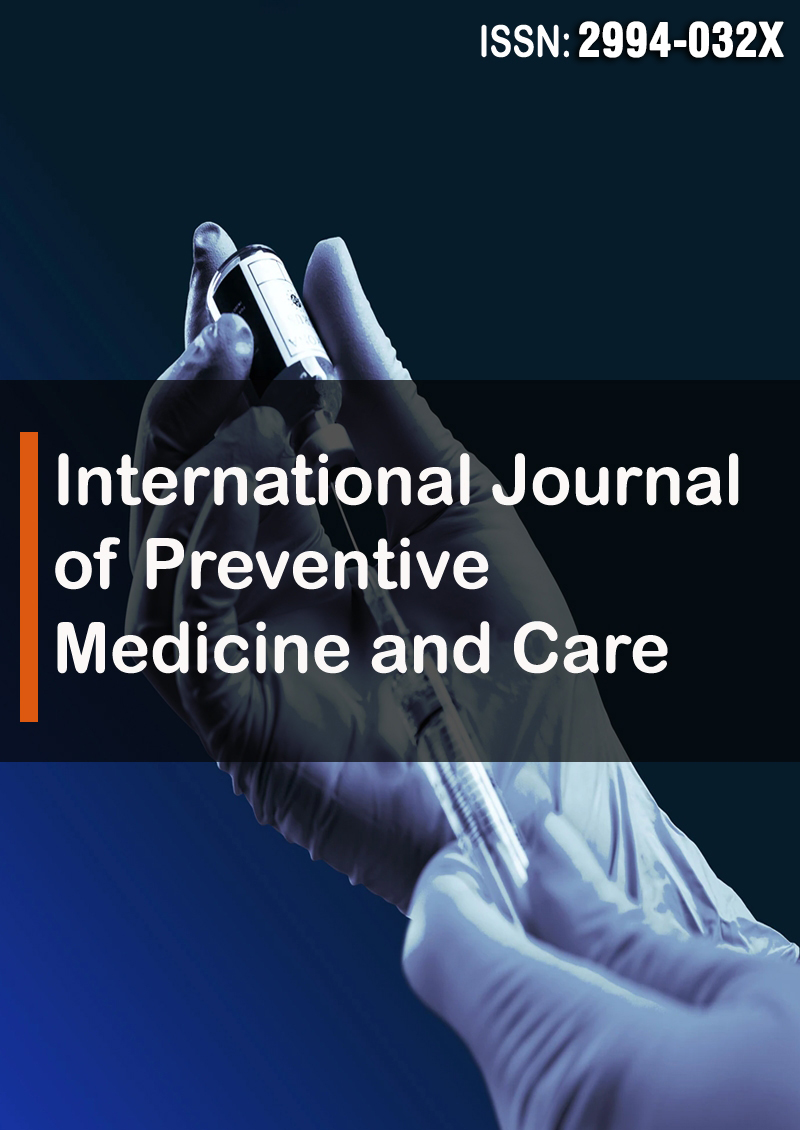Increased Occupational Exposure to Physical Stress in Wild-Type Transthyretin Amyloid Cardiomyopathy – A Potential Disease Promoting Mechanism?
Abstract
Valentin Rosenkrans Klarskov, Bertil Thyrsted Ladefoged, Anders Lehmann Dahl Pedersen, Charlotte Hartig-Andreasen and Steen Hvitfeldt Poulsen
Background: The cause of wild-type transthyretin amyloidosis cardiomyopathy (ATTRwt) remains unknown, with mechanical stress being hypothesized as a potential mechanism. No study has investigated the potential impact of occupational physical exposure on ATTRwt development.
Methods: We enrolled 100 participants, including 50 ATTRwt patients with prior carpal tunnel syndrome surgery (CTS), 25 ATTRwt patients without CTS, and 25 age- and gender-matched stable heart failure patients with reduced ejection fraction (HFrEF) as controls. We evaluated self-reported physical work exposure, Danish occupation classification (DISCO-88), history of orthopedic joint-related disorders beyond CTS surgery, hand volumes, and physical status using the Kansas City Cardiomyopathy Questionnaire.
Results: ATTRwt patients had significantly higher physical work exposure than the HFrEF control group (p<0.001), with a higher prevalence of blue-collar work. Knee or hip joint replacement was more frequent in ATTRwt patients (31; 41%) compared to HFrEF patients (2; 8%). ATTRwt patients exhibited larger hand volumes than the HFrEF control group (dominant hand [DH]: 518±80 mL vs. 421±64 mL, p<0.001).
Conclusion: These findings support the hypothesis that long-standing mechanical stress might play an important role in the development of ATTRwt cardiomyopathy and associated ligament disorders.
Trial registration: The study was approved by the Committee of Scientific Ethics of the Central Denmark Region (project ID: 1-10-72-380-21). Date of registration: 17/03/2022



